A Comprehensive Guide to the Benefits of Restorative Yoga
by Hardik Mehta
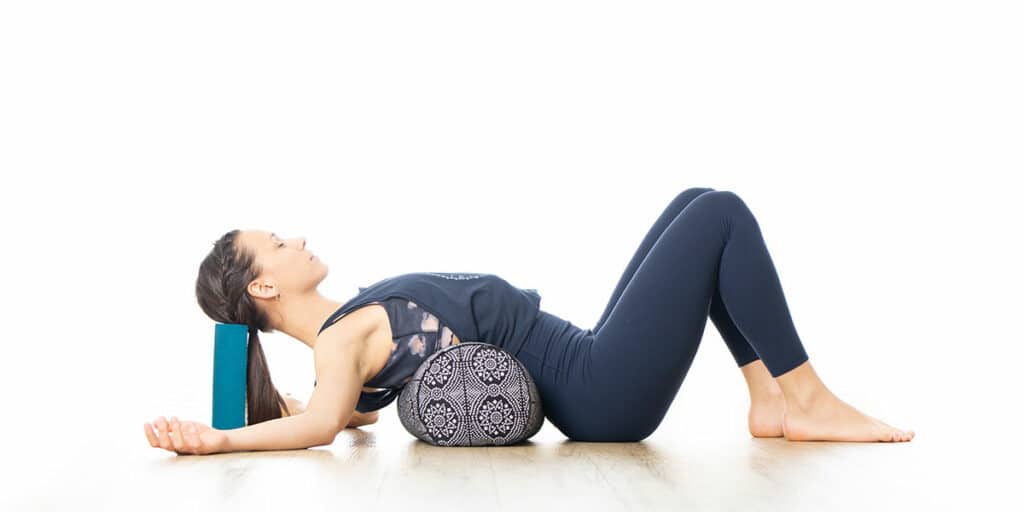
In the hustle and bustle of modern life, finding moments of peace and relaxation is crucial for maintaining overall well-being. Restorative yoga, a gentle and therapeutic form of yoga, has gained popularity for its ability to promote deep relaxation and stress relief. In this comprehensive guide, we will explore the numerous benefits of restorative yoga, techniques to incorporate into your practice, and how it can enhance both physical and mental health.
What is Restorative Yoga?
Restorative yoga is a passive practice that involves holding poses for an extended period, typically between 5 to 20 minutes, with the support of props such as blankets, bolsters, and blocks. The primary focus is on deep relaxation, allowing the body and mind to release tension and restore balance. Unlike more dynamic forms of yoga, restorative yoga encourages stillness, mindfulness, and a sense of surrender.
The Benefits:
Stress Reduction: Restorative yoga activates the parasympathetic nervous system, promoting the relaxation response. This helps to counteract the effects of chronic stress, reducing cortisol levels and inducing a state of calmness.
Improved Sleep: Regular practice of restorative yoga has been linked to better sleep quality. The deep relaxation and gentle stretches prepare the body for a restful night’s sleep, making it an excellent practice for those struggling with insomnia or sleep disturbances.
Enhanced Flexibility: Holding poses for an extended period allows for a gentle stretch of muscles and connective tissues. This can improve flexibility over time without straining the body, making it accessible to individuals of all fitness levels.
Healing for the Nervous System: Restorative yoga provides a nurturing environment for the nervous system. It can be particularly beneficial for those recovering from illness, injury, or experiencing conditions like chronic fatigue syndrome or fibromyalgia.
Mind-Body Connection: The extended time spent in each pose encourages a heightened awareness of the body and breath. This mindfulness aspect fosters a stronger mind-body connection, promoting self-awareness and overall mental well-being.
Incorporating Restorative Yoga into Your Routine:
Create a Quiet Space: Find a quiet and comfortable space free from distractions. Dim the lights, use soft props, and play calming music to enhance the restorative experience.
Use Props Mindfully: Props are essential in restorative yoga to support the body in various poses. Experiment with different props to find what works best for you, ensuring that you feel fully supported and comfortable.
Focus on Breath: Paying attention to the breath is a key component of restorative yoga. Practice slow, deep breaths to activate the relaxation response and cultivate a sense of calmness.
Set Realistic Expectations: Unlike more vigorous forms of yoga, restorative yoga is not about pushing boundaries. Set realistic expectations and be gentle with yourself, allowing the body to gradually open and release tension.
Key Poses in Restorative Yoga
When delving into the practice of restorative yoga, understanding key poses is essential. These poses are carefully selected for their ability to induce deep relaxation and promote a sense of calmness. Below are some key poses commonly incorporated into restorative yoga sessions:
Child’s Pose (Balasana):
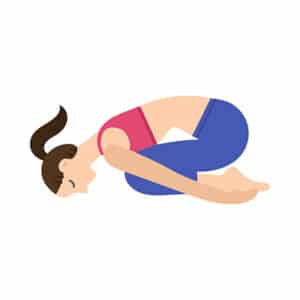
- Kneel on the mat with big toes touching and knees apart.
- Sit back on your heels and extend your arms forward or alongside your body.
- Rest your forehead on the mat.
Benefits: Stretches the back, hips, and thighs, promoting a sense of surrender.
Supported Bridge Pose (Setu Bandhasana):
- Lie on your back with knees bent and feet hip-width apart.
- Lift your hips and place a yoga block or bolster underneath the sacrum.
- Allow your arms to rest by your sides.
Benefits: Opens the chest and stretches the spine while providing gentle support.
Legs Up the Wall Pose (Viparita Karani):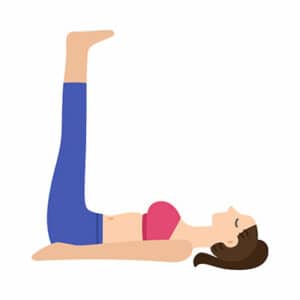
- Sit close to a wall and swing your legs up against it while lying on your back.
- Support your pelvis with a folded blanket if needed.
- Allow your arms to rest by your sides.
Benefits: Promotes relaxation, reduces swelling in the legs, and soothes the nervous system.
Supported Corpse Pose (Savasana):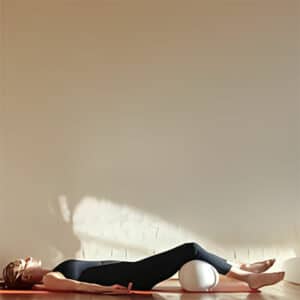
- Lie on your back and place a bolster or folded blanket under your knees.
- Allow your arms to rest by your sides, palms facing up.
- Close your eyes and focus on your breath.
Benefits: Deep relaxation for the entire body, calming the mind.
Supported Reclining Bound Angle Pose (Supta Baddha Konasana):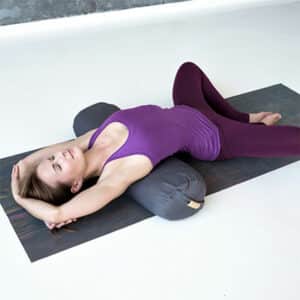
- Sit with the soles of your feet together and knees apart.
- Lie back and support your knees with blocks or bolsters.
- Allow your arms to rest comfortably.
Benefits: Opens the hips and chest, promoting a sense of release.
Seated Forward Bend (Paschimottanasana) with Support: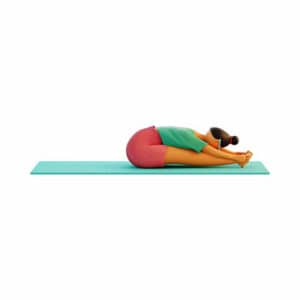
- Sit with your legs extended in front of you.
- Hinge at your hips and reach forward, supporting your forehead on a bolster or cushion.
Benefits: Stretches the spine and hamstrings, while providing gentle support.
Reclining Twist (Supta Matsyendrasana):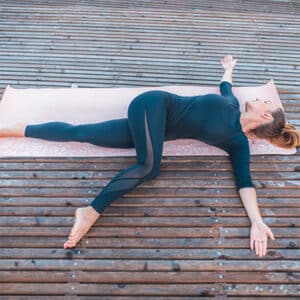
- Lie on your back with knees bent.
- Drop your knees to one side, keeping shoulders on the mat.
- Support your knees with a bolster if needed.
Benefits: Releases tension in the spine and lower back, promoting relaxation.
Supported Fish Pose (Matsyasana):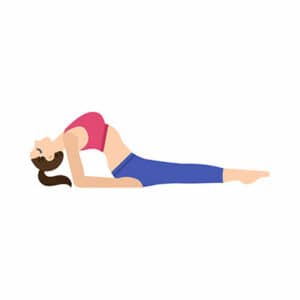
- Place a bolster lengthwise along your spine.
- Lie back with your spine supported by the bolster and head resting comfortably.
Benefits: Opens the chest and heart, counteracting the effects of slouching.
These key poses form the foundation of a restorative yoga practice. When held for an extended duration and combined with mindful breathing, they facilitate the release of tension, encourage gentle stretching, and promote a profound sense of relaxation. Remember to use props, such as bolsters, blankets, and blocks, to ensure comfort and support in each pose. Incorporate these poses into your restorative yoga routine to experience their holistic benefits for both the body and mind.
Incorporating restorative yoga into your routine can be a transformative experience for both the body and mind. As you embrace the stillness and surrender to each pose, you will discover a profound sense of tranquillity that extends beyond your mat. Whether you are a seasoned yogi or a beginner, the gentle nature of restorative yoga makes it accessible to all, providing a valuable tool for managing stress and enhancing overall well-being. Start your journey towards relaxation and rejuvenation with the healing practice of restorative yoga with Sayujya Yoga TTC
Sayujya Yoga is organizing a transformative 200-hour Yoga Teacher Training Course starting from January 15th, 2024, (for 4 months), in the vibrant city of Mumbai. If you have been on a journey of self-discovery through restorative yoga and are passionate about sharing this ancient wisdom with others, our comprehensive training is designed just for you. Immerse yourself in a holistic learning experience that goes beyond the physical postures, delving into the philosophy, anatomy, and teaching methodologies of yoga. This course is a unique opportunity to deepen your practice, connect with like-minded souls, and embark on a path of teaching and inspiring others. Do not miss this chance to become a certified yoga teacher and contribute to the wellness journey of others. Secure your spot today and take the next step in your yoga adventure with Sayujya Yoga!
Whether you prefer the energy of in-person learning or the flexibility of virtual sessions, our course caters to you – it is available both online and offline.
For more details and to reserve your spot, visit our Teacher Training Course page.
About the Author
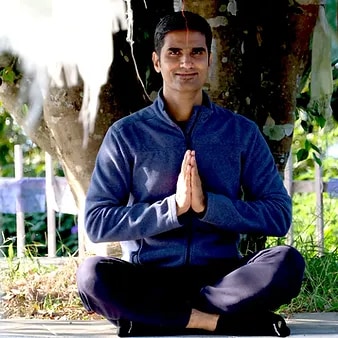
Hardik Mehta
Hardik is an E-RYT 500 & YACEP (Yoga Alliance Continuing Education Provider), Yoga Alliance, USA. He has been practicing yoga for the last 9 years. Prior to finding his true calling in Yoga, he was working with various corporates for 12 years in the Retail and eCommerce sector.
